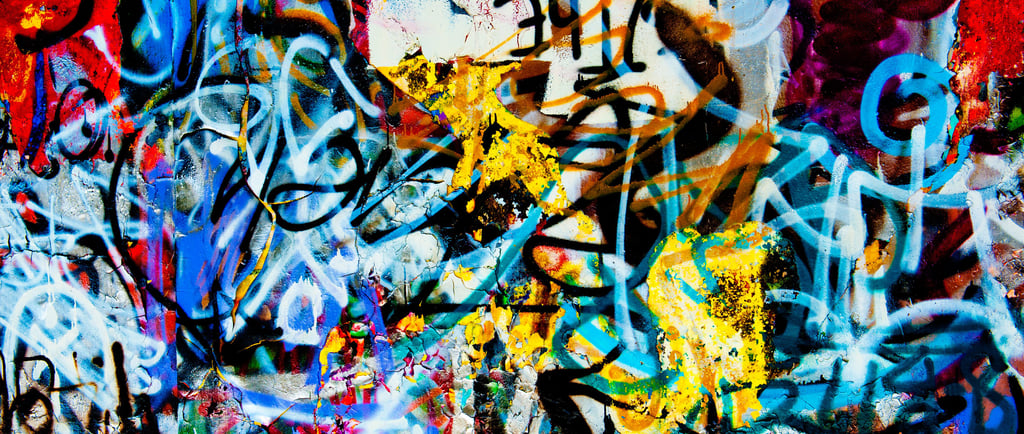Beyond the Streets: The Black Presence in Graffiti Art
Delve into the world of graffiti art with our latest blog post, where we uncover the rich history and cultural significance of Black artists within this dynamic urban art form. From the streets of New York City to the walls of global metropolises, we explore how Black graffiti artists have used spray paint as a tool for self-expression, social commentary, and cultural celebration. Join us as we shine a spotlight on the pioneering artists, iconic murals, and cutting-edge innovations that define the Black presence in graffiti art today.


Beyond the Streets: The Black Presence in Graffiti Art
In the colorful tapestry of street art, graffiti stands out as a vibrant expression of creativity, rebellion, and urban culture. While graffiti art has its roots in communities around the world, the Black presence within this dynamic art form has been both influential and profound. From the streets of New York City to the alleyways of Johannesburg, Black graffiti artists have left an indelible mark on the urban landscape, transforming blank walls into canvases of self-expression and social commentary.
A Rich Legacy: The roots of graffiti art can be traced back to the streets of 1970s New York City, where Black and Latino youth used spray paint to reclaim public spaces and express their identities in a city plagued by poverty and social unrest. Artists like Dondi, Lady Pink, and Futura 2000 emerged as pioneers of the graffiti movement, blending bold lettering with intricate designs to create visually stunning works that captured the imagination of passersby.
Cultural Expression: For many Black graffiti artists, the streets serve as a canvas for exploring themes of identity, history, and social justice. From the Afrocentric murals of Philadelphia's "Mural Arts Program" to the political graffiti of South Africa's townships, Black artists use their art to challenge stereotypes, celebrate their heritage, and confront issues of race and inequality. Graffiti becomes a tool for reclaiming public space, asserting visibility, and amplifying marginalized voices in a world where Blackness is often marginalized.
Breaking Boundaries: In recent years, Black graffiti artists have expanded the boundaries of the art form, embracing new technologies and pushing the limits of creativity. From augmented reality graffiti installations to interactive street art experiences, artists like KRS-One, Tatyana Fazlalizadeh, and Shepard Fairey are using graffiti as a platform for innovation and experimentation, blurring the lines between art and activism, and inviting viewers to engage with their work in new and exciting ways.
As we navigate the colorful world of graffiti art, let us celebrate the contributions of Black artists who have helped shape and redefine the urban landscape. Their creativity, resilience, and commitment to self-expression have transformed graffiti from an act of rebellion into a powerful form of cultural expression and social commentary. In a world where walls can divide us, graffiti art reminds us of the power of art to unite, inspire, and provoke change.


